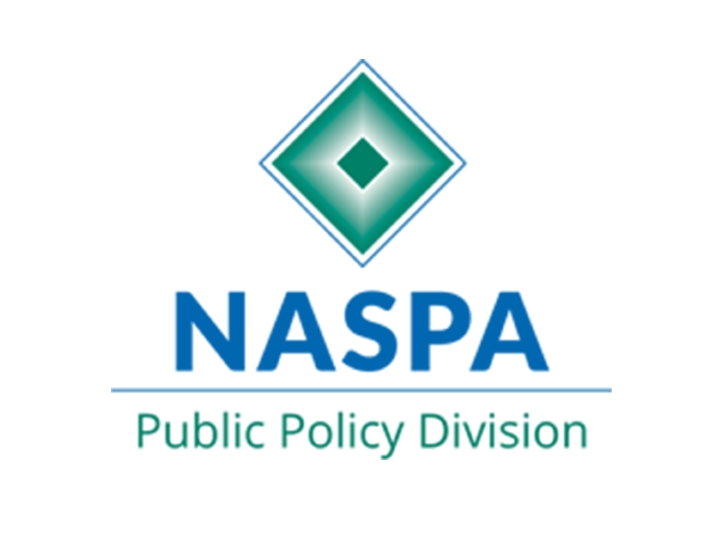
Dr. Cardona's Education Policy Priorities
Public Policy Division
January 11, 2021
President-elect Joe Biden has nominated (26:30) Dr. Miguel Cardona as his Secretary of Education, fulfilling his campaign promise to nominate a secretary with classroom experience. Cardona received his bachelor’s degree from Central Connecticut State University and his master’s degree (bilingual/bicultural education), administrator’s preparation certificate, and educational doctorate from the University of Connecticut. Cardona’s background is primarily in elementary and secondary education; he has been an elementary school teacher, principal, assistant superintendent for teaching and learning, and now serves as Connecticut’s education commissioner – a position he has held since August 2019. Now, if confirmed by the Senate, he’ll be the nation’s top-educator.
Since Cardona’s nomination, I have found myself digging into both president-elect Biden’s education plan and Cardona’s background to try to get a sense of what to expect from the new ed. chief. It’s worth noting that Cardona doesn’t have much experience in higher education policy and law, so he’ll need a strong deputy or undersecretary with that background. Watch for this pick! Nevertheless, here are a few issues that we might expect him to champion.
Safely Reopen Schools
Confronting the pandemic in order to safely reopen schools will be at the top of the agenda for the incoming administration. President-elect Biden has vowed to reopen most schools after his first 100 days on the job, and Cardona is known and respected for his work reopening schools in Connecticut. To accomplish this goal, the administration may put forward a funding package designed to make schools COVID-safe (protective gear, testing and tracing, sanitation products, etc.), minimize teacher lay-offs, and enhance resources for remote and hybrid learning. Any funding package designed to support K-12 will likely include additional funding for higher education as well.
Civil Rights and Diversity
Utilizing executive and administrative tools, the administration will likely reverse many of the Trump-era policies that eroded oversight in the areas of civil rights and diversity. For example, under Secretary DeVos, the department of education withdrew Obama-era guidelines designed to reduce racial and other discrimination in the implementation of school discipline. Given Cardona’s passion for leveling the playing field, evidenced by his work in Connecticut, reversing Trump-era policies and strengthening oversight in this area will likely be among the administration’s priorities.
On the higher education front, we might expect the administration to initiate a new rule-making process designed to reverse Secretary DeVos’ Title IX guidance that strengthened protections for students accused of sexual assault on college campuses. Additionally, the administration will likely rescind the ban on federal grant recipients from holding diversity training. Finally, we might expect the administration to support the ability of student borrowers to sue loan-service contractors and to aggressively pursue for-profit schools that fail to meet employment targets for their graduates.
Education Funding
In five separate plans, president-elect Biden has promised massive new spending for education. As previously mentioned, the first round of funding will likely be aimed at getting schools reopened. Beyond that, we might expect funding proposals aimed at improving infrastructure (ex. childcare facilities) and technology (ex. expanding broadband access), making childcare more affordable through expanded tax credits, increasing the number of mental health professionals in schools, etc. The proposals look as though they could have been written by Cardona himself because they seem designed to do exactly what Cardona said he’d do when he was appointed Connecticut’s education commission – to look for improvements both “inside the schoolhouse” and “outside the schoolhouse”. For example, community schools – those that serve as a “hub” of community life and include an array of resources and services for kids and their families – are prominent within the k-12 plan.
For higher education, the administration will likely work to reauthorize the Higher Education Act of 1965, an omnibus bill that hasn’t been updated since 2008. Among the priorities that might be included are, (1) expansion of Pell Grants, (2) federal loan forgiveness, (3) investments in HBCUs, HSIs, and tribal colleges, and (4) a massive investment in community colleges to support workforce training and increase access by making attendance tuition-free for everyone.
These are just a few of the higher education policy areas where we might expect to see reform based on president-elect Biden’s transition plans and Cardona’s background. Some can be accomplished through executive action and administrative tools (ex. rule-making), but the big stuff will need to be done through the legislative process with Congress. Let’s see what happens!